Lesson Notes By Weeks and Term - Primary 3
TRADITIONAL DRESSES AND FABRICS
WEEK 1&2
SUBJECT: CULTURAL AND CREATIVE ARTS
CLASS: PRIMARY 3
TERM: 3RD TERM
Topic: TRADITIONAL DRESSES AND FABRICS
Learning Objectives: At the end of the lesson, pupils should be able to:
Resources & materials:
Scheme of work
9 years curriculum
Pupils textbook
Online resources
INSTRUCTIONAL MATERIAL:
Aso oke
Sokoto
Soro and buba
Building Background/ connection to prior knowledge: Pupils are familiar with the topic in their previous classes.
CONTENT
TRADITIONAL DRESSES AND FABRICS
Traditional dress may be defined as the ensemble of garments, jewelry, and accessories rooted in the past that is worn by an identifiable group of people. ... The phrase traditional dress or costume is often used interchangeably with the terms ethnic, regional, and folk dressTraditional fabrics are cloths or materials used to make dresses by different ethnic groups. They differ
from one culture to another. We know each ethnic group by their dresses. For example, ‘Iro and buba’ is
known among the Yorubas, ‘Babanriga and wondo’ among the Hausas and ‘Isiagu’ among the Igbos.
Some traditional fabrics include:
1 Adire: This is common among the Yoruba tribe.
2 Aso oke: This is also common among the Yoruba tribe.
3 Akwete: This is the fabric of the Igbo tribe.
4 Saki: This is common among the Yoruba tribe.
Traditional dress includes:



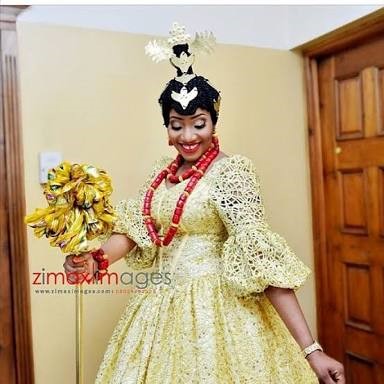


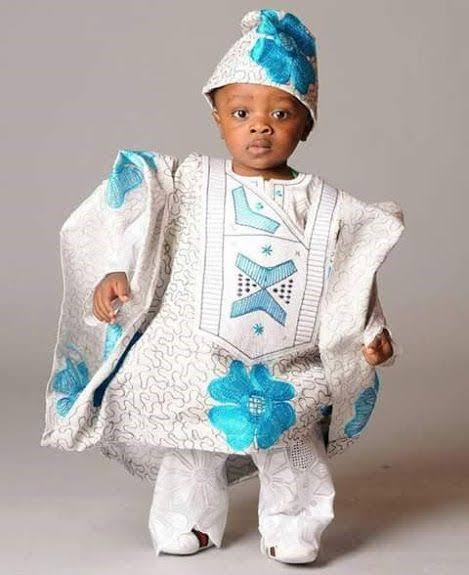


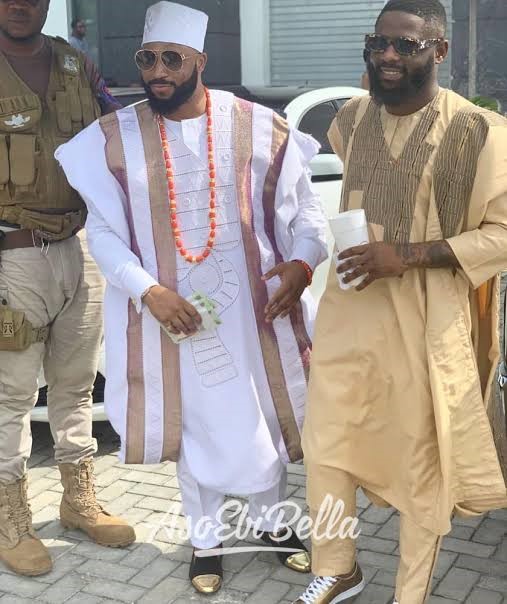
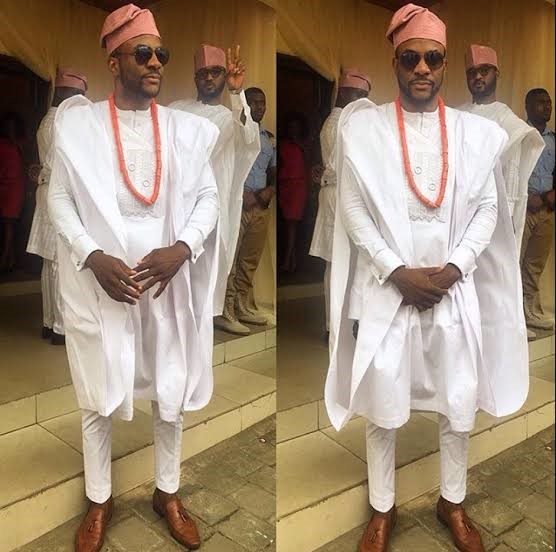
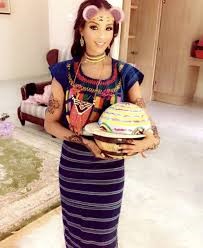
STRATEGIES AND ACTIVITIES
The Teacher revises the previous week lesson.
The Teacher introduces the new topic.
The Teacher explains the note in details.
The Teacher gives room for pupils to ask questions.
The Teacher evaluates the pupils.
ASSESSMENT AND EVALUATION
WRAP-UP(CONCLUSION)
Teacher goes over the topic once again to enhance better understanding.
Assignment:
© Lesson Notes All Rights Reserved 2023